Domestic companies are stepping up efforts to localize some of the parts and materials they import from Japan as their suppliers in the neighboring country are in trouble due to the March 11 earthquake.
For instance, LG Electronics has decided to develop a microcontroller unit for its home appliances as Toshiba Corp., which accounts for 60 percent of the global MCU supply, has still not fully normalized its operations. LG has agreed with ABOV Semiconductor Co., a local company specializing in MCUs, to develop the new MCU by November this year.
In a similar example, Samsung Electronics has agreed to develop a timing controller used for 3-D TVs with AnaPass Inc., a local system-on-chip developer. Samsung usually imports the integrated circuit from Renesas Electronics of Japan, which has not fully recovered from the earthquake damage.
Besides the two electronics giants, many Korean firms whose supply chains have been disrupted are opting for localization instead of looking for new overseas suppliers. This is a step in the right direction.
Their strategy dovetails with the government’s policy of promoting shared growth between large companies and their parts suppliers. They are well aware that parts localization is the best way to attain the government’s vision.
When a big firm helps a domestic parts supplier successfully localize a key device, the benefits are manifold. First of all, it gives the supplier a new source of income. The big firm benefits as its supply costs fall. The national economy also becomes a winner as the current account balance will improve. If the localization project creates new jobs, the benefits will get even bigger. Parts localization can kill several birds with one stone.
It is encouraging that many Korean companies are striving to overcome supply chain disruption through localization. This way, they can not only reduce their excessive reliance on Japanese parts and materials but promote cooperation between big and small firms. We hope their efforts bear abundant fruit.
For instance, LG Electronics has decided to develop a microcontroller unit for its home appliances as Toshiba Corp., which accounts for 60 percent of the global MCU supply, has still not fully normalized its operations. LG has agreed with ABOV Semiconductor Co., a local company specializing in MCUs, to develop the new MCU by November this year.
In a similar example, Samsung Electronics has agreed to develop a timing controller used for 3-D TVs with AnaPass Inc., a local system-on-chip developer. Samsung usually imports the integrated circuit from Renesas Electronics of Japan, which has not fully recovered from the earthquake damage.
Besides the two electronics giants, many Korean firms whose supply chains have been disrupted are opting for localization instead of looking for new overseas suppliers. This is a step in the right direction.
Their strategy dovetails with the government’s policy of promoting shared growth between large companies and their parts suppliers. They are well aware that parts localization is the best way to attain the government’s vision.
When a big firm helps a domestic parts supplier successfully localize a key device, the benefits are manifold. First of all, it gives the supplier a new source of income. The big firm benefits as its supply costs fall. The national economy also becomes a winner as the current account balance will improve. If the localization project creates new jobs, the benefits will get even bigger. Parts localization can kill several birds with one stone.
It is encouraging that many Korean companies are striving to overcome supply chain disruption through localization. This way, they can not only reduce their excessive reliance on Japanese parts and materials but promote cooperation between big and small firms. We hope their efforts bear abundant fruit.



![[Herald Interview] 'Amid aging population, Korea to invite more young professionals from overseas'](http://res.heraldm.com/phpwas/restmb_idxmake.php?idx=644&simg=/content/image/2024/04/24/20240424050844_0.jpg&u=20240424200058)


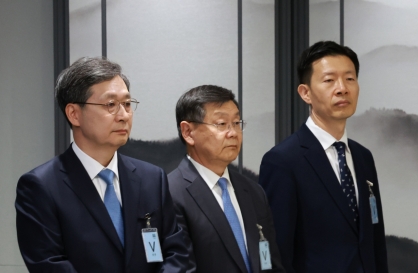
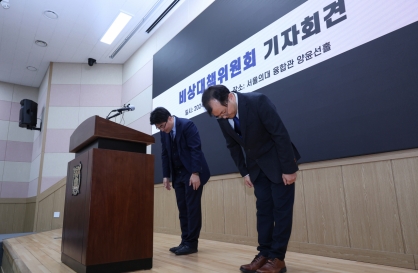


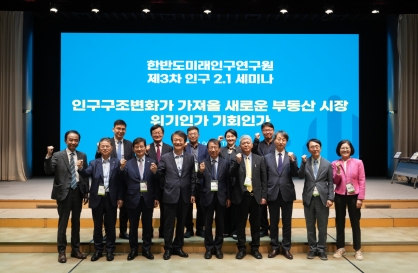


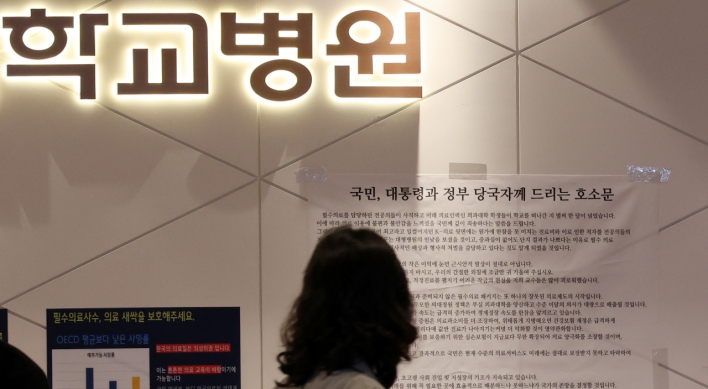


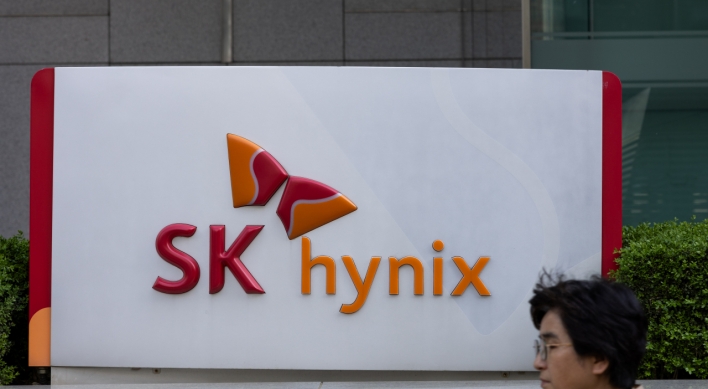

![[Today’s K-pop] Kep1er to disband after 2 1/2 years: report](http://res.heraldm.com/phpwas/restmb_idxmake.php?idx=642&simg=/content/image/2024/04/25/20240425050792_0.jpg&u=)